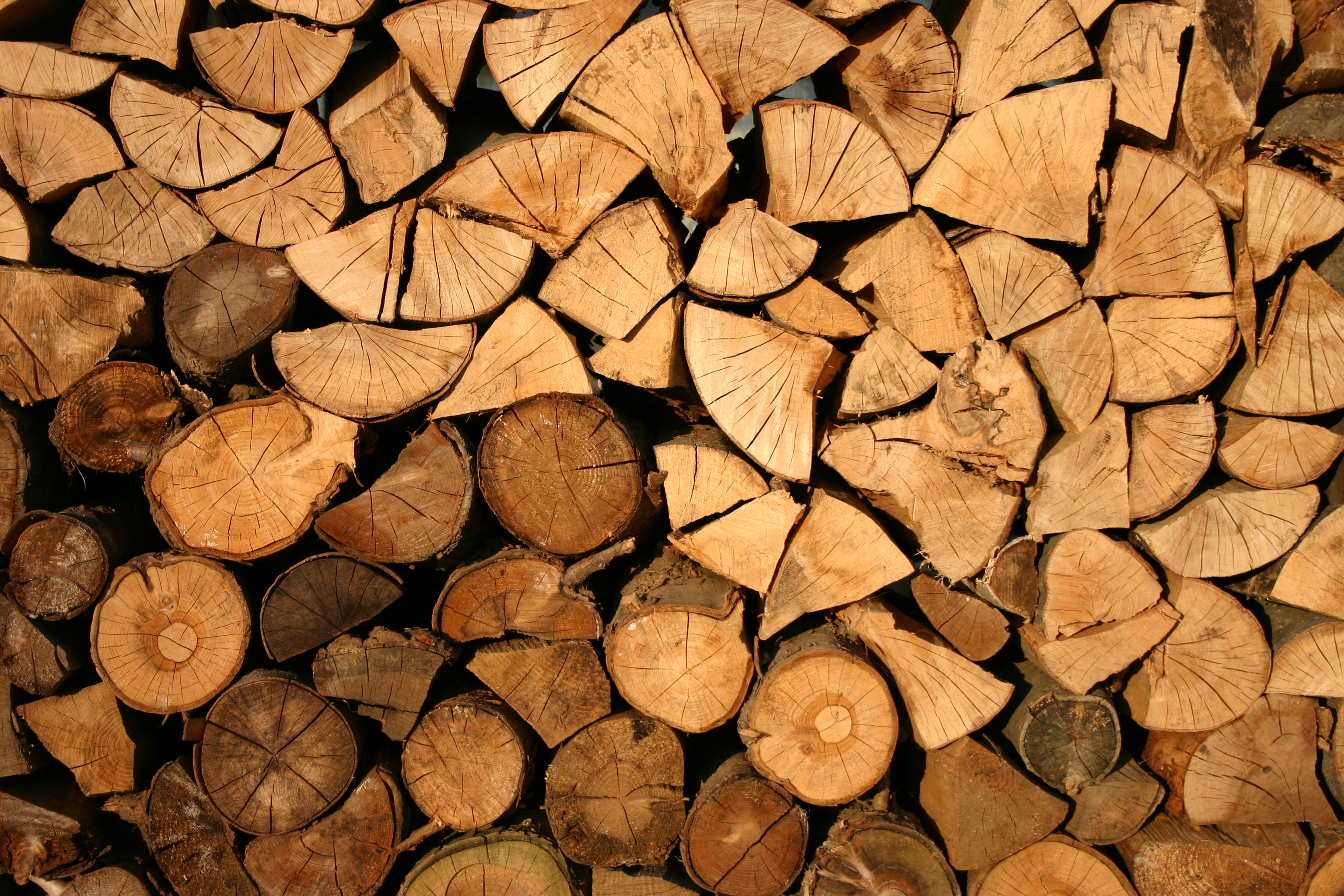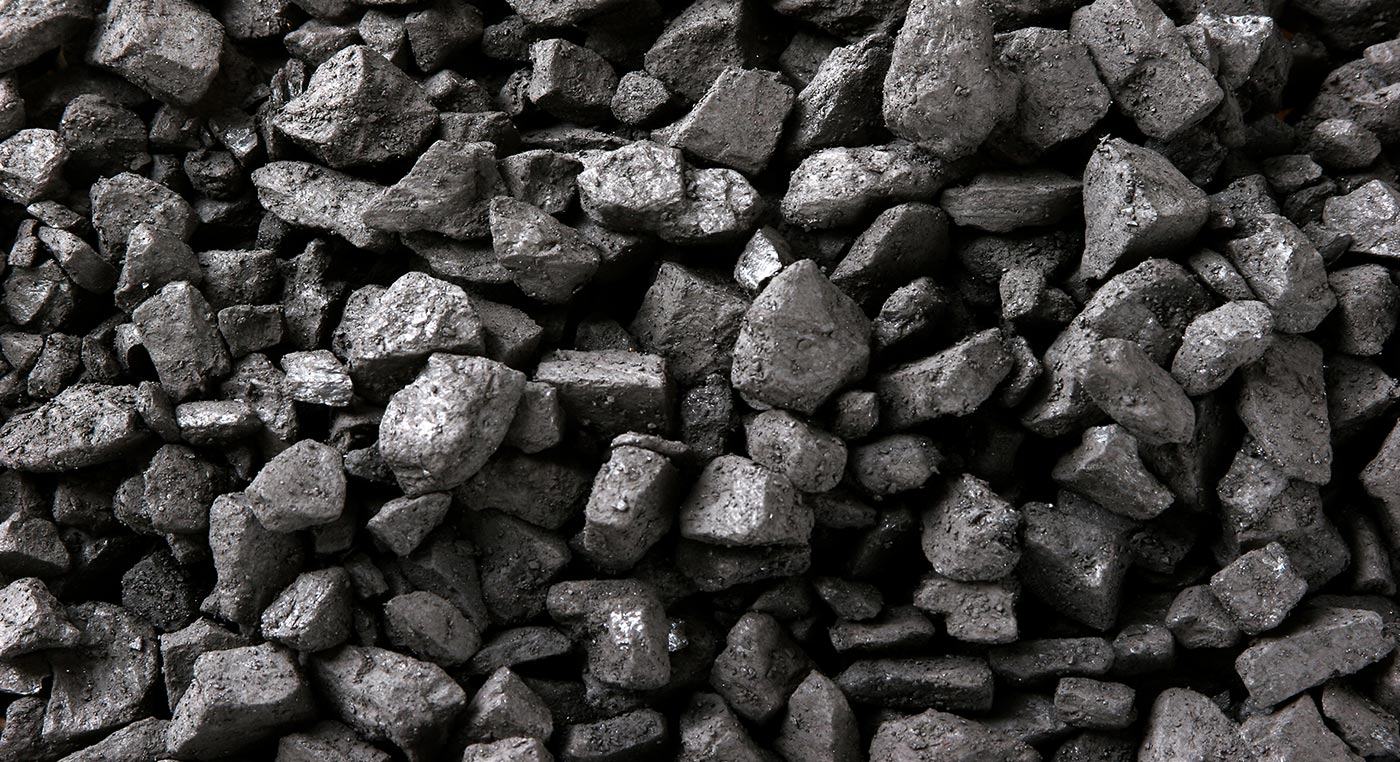Karla Jauregui Sandoval
AP Environmental Science ♻️
252 resourcesSee Units
Biomass
Biomass is a fuel type that comes from organic material - plant or animal waste gets burned for energy. Biomass is considered a good source of energy because 1. it recycles organic earth matter and 2. it is often renewable. Biomass is considered renewable when the rate of waste production is higher than the rate of waste consumption (use of it for energy). Wood is used for things like cooking or heating while crops can be made into organic fuels like biodiesel.
Biomass is used mostly in the form for heat that is used for cooking. When burned, it can also drive steam through a turbine to produce electricity.
Biomass produces ethanol, which is made from plant material and can be combined with gasoline to reduce smog releasing agents such as carbon monoxide. Biodiesel, another product, is a cleaner source of fuel as it is made from vegetable oil and animal fats.
The biomass industry is popular in developing countries where plant and animal waste (in contrast to other fuel methods)
Image Courtesy of Truthseeker

Oil
Oil is a fuel source made from millions of years of dead and decomposed organic materials.With heat and pressure, it can become a hydrocarbon. Hydrocarbons are simple organic compounds that are made up of only hydrogen and carbon. Oil is usually found in rocks like sandstone and limestone.
Image Courtesy of CNBC

Oil or Petroleum Oil is made directly from decomposed organic material such as plants and animals. Crude oil is located on top of what was once the sea. The material found is composed of long chains of hydrocarbons (containing hydrogen and carbon molecules).
It is non-renewable, and is extracted from the ground to produce a range of products including gasoline, diesel, and heating oil. It is a popular fuel source because it is relatively inexpensive and has a high energy content, which means that it releases a lot of energy when it is burned. However, the use of oil as a fuel also has negative impacts on the environment, including air pollution and the contribution to climate change through the emission of carbon dioxide.
Crude oil can be extracted from tar sands which are made up of clay, sand, water and bitumen. Saudi Arabia is a country rich with crude oil deposits.
During oil production, companies set up large refineries that take up lots of space and increase their carbon footprint. Large machines are used to drill underground and when there is oil detected it is pumped upward. The Middle East has lots of oil because of their geology. Swamps and oceans open up the opportunity for this dead material to turn into oil.
While the demand for oil has risen, companies are looking for innovative new ways to pump oil. They have started to move their facilities to the ocean. Some problems arise with this change, it takes money, time and knowledge to build a system that will be safe to marine wildlife and effective. Because the ocean is so deep, oil will be found in the pre-salt layer. This layer is more difficult to access so the chance of errors with the technology is higher.
Oil Spills
Oil spills can occur if something goes wrong in the production of oil, like a machine malfunction. Effects of oil spills can be devastating to local water supplies and animal species, such as ducks and birds.
The 2010 Deep Water Horizon was an oil spill in the Gulf of Mexico. It was one of the largest oil spills in history, with 4.9 million barrels of oil spilled. The environmental damage caused by this spill was birds dying off in the first week from the oil that covered their fur. Their fur protects their body temperature and they can not survive if this protective layer is covered with dense oil. Water sank to the bottom of the ocean and caused ecosystem damage.
The 1985 Exxon Valdez oil spill occured while a tanker was heading to Alaska and it hit an iceberg. The barrels of oil that were spilled were less than the Deep Water horizon incident; however, this spill is still being cleaned up till this day. The impact of this spill was the US involvement in regulations being put into place. The OPA90 regulations state how to learn to respond to a spill.
Coal & Peat
Peat is a type of organic matter that is formed over thousands of years from the partial decomposition of plants in wetland environments. It is typically found in areas with poor drainage, such as bogs and swamps. It is a low-grade fuel that is used primarily for heating and cooking in some parts of the world. It is less commonly used as a fuel source in other parts due to its low energy content and the fact that it produces a lot of smoke and particulate matter when it is burned.
Peat turns into coal using the following four steps:
Stage 1 - Peat ➱ early stage of development, made up of 60% water and is not efficient to use for heat conversion to energy
Stage 2 - Lignite ➱ compressed peat
Stage 3- Bituminous ➱ compressed lignite
Stage 4 - Anthracite ➱ high heat content = more energy (fuel)
Three types of coal used for fuel are lignite, bituminous, and anthracite. The change in heat, pressure, and depth contribute to the development of various coal types and their qualities. Anthracite is most commonly used as a fuel source because of its high heat content. Its availability is limited and is found in reservoirs with high organic matter levels.
This development of peat is why conserving peatlands is very important. Destroying peatlands does not allow for coal to be produced underground.
Coal is a mixture of carbon, hydrogen, oxygen and other atoms. When burned, coal produces heat and light energy longer than wood. In fact, the United States has an abundance of coal which it uses for energy.
Coal is made up of living organisms that have decomposed in places such as swamps, wetlands, and landfills.
Image Courtesy of Student Energy

Cogeneration
Cogeneration, also known as combined heat and power (CHP), is a process in which a single power plant generates both electricity and useful heat at the same time. The heat that is produced during the generation of electricity is often used for space heating, hot water, or industrial processes. Cogeneration can be more efficient than traditional power plants that generate electricity and then produce heat separately because it captures and uses the heat that would otherwise be wasted. This can lead to significant energy savings and reduced greenhouse gas emissions. Cogeneration systems can be fueled by a variety of energy sources, including natural gas, coal, and biomass. They are commonly used in residential, commercial, and industrial settings.
Natural Gas
Natural gas is a fuel source that is made of mostly methane and some traces of carbon dioxide and water vapor. Natural gas is considered nonrenewable because it takes a long time for it to replenish itself. It is made up of layers of dead organic material. Layer of sand, silt, and rock built on top of this decomposed material
Machinery is used to drill down to the gas deposits where oil and natural gas form under the pressure and heat underground. Natural gas is considered the cleanest energy source when it is burned because it releases few pollutants - Carbon dioxide and water vapor.
🎥 Watch: Environmental Science
Browse Study Guides By Unit
🏜Unit 1 – The Living World: Ecosystems
🐠Unit 2 – The Living World: Biodiversity
👪Unit 3 – Populations
🌏Unit 4 – Earth Systems & Resources
🏖Unit 5 – Land & Water Use
⚡️Unit 6 – Energy Resources & Consumption
💨Unit 7 – Atmospheric Pollution
♻️Unit 8 – Aquatic & Terrestrial Pollution
🔥Unit 9 – Global Change
📚Study Tools
🤔Exam Skills

Fiveable
Resources
© 2025 Fiveable Inc. All rights reserved.